I’ve got a list of 5 simple things you can do to get better results from your workouts.
By “results,” I mean noticeable changes in your stamina, strength, energy, and overall fitness.
Before I get into the tips, I want you to remember one thing that will help drive all of those results:
YOU ARE AN ATHLETE in training, no matter how young or old you are, or your current fitness or activity level.
You are training for your BEST LIFE.
Having a fit, strong, and healthy body that can help you make the MOST of every single day is something worth fighting for!
My hope is that these tips will help you save time and get super focused so that the time you spend working to improve your health and fitness creates the results you want!

5 Ways To Boost Your Workout Results
1: Set your priorities
In other words: Get excited about a goal! Want to be able to do 10 push-ups or pull-ups? Run 3 miles without stopping? Add distance to your golf drive?
As adults, we often write off those goals as silly or frivolous. They aren’t! They can add a fun factor to your routine (and also a clear purpose).
Setting priorities gives you focus and a purpose.
2: Have a plan
Now that you have a priority, create an intentional workout program – and make sure to include the RIGHT kinds of exercises to hit your goals.
Example: if you want to be able to do 10 push-ups, running 3 days a week won’t help you with that. But building your strength (especially core and upper body) will.
3: Periodize for progress
This is related to creating a plan … it’s making sure your routine grows and changes as you get more fit. Trainers call this “periodization.”
If you always do the same exercises the same way, eventually you’ll plateau.
Your workouts should challenge you just enough to move you closer to your goals, but not so much that you feel drained, overly sore, or get injured. This is where having an experienced coach can help — we know how to keep the progress going and continually challenge you safely!
4: Eat to support your goal
First: Make sure you’re eating a high-quality diet, filled with nutrient-dense food in the right portions for your activity level.
Then: Come up with a snack strategy to refuel right after your workout. Aim for a carb-protein mini-meal to give your muscles a jump start on recovery.
5: Reset, Recover & Rest
Your workouts create stress in your body (it’s good stress, but it’s still stress).
That’s why it’s so important to give yourself time to reset, recover, and rest afterward.
Not only will it help you get the best results from the workout you just did, but it helps your body get ready for your NEXT workout.
On a practical level, this means taking 24-48 hours between strength workouts to let your muscles repair and rebuild.
It also means getting 7-9 hours of quality sleep every night so your body can restore your immune function, balance your hormones, and remove waste.
So there you have it!
These five tips will help you take your workouts to the NEXT LEVEL and help you hit your workout goals faster.
Feeling like you don’t know what to do or where to start to improve your workout results? It might be time to hire a professional coach! We can take the guesswork out of what to do, how to do it and how to manage your nutrition to get the results you desire. Coaching can take you where you want to go in less time than you can get there on your own!
Want to chat? Fill in the form below and we’ll set up a time for a 30-minute complimentary strategy session to help get you going in the right direction!


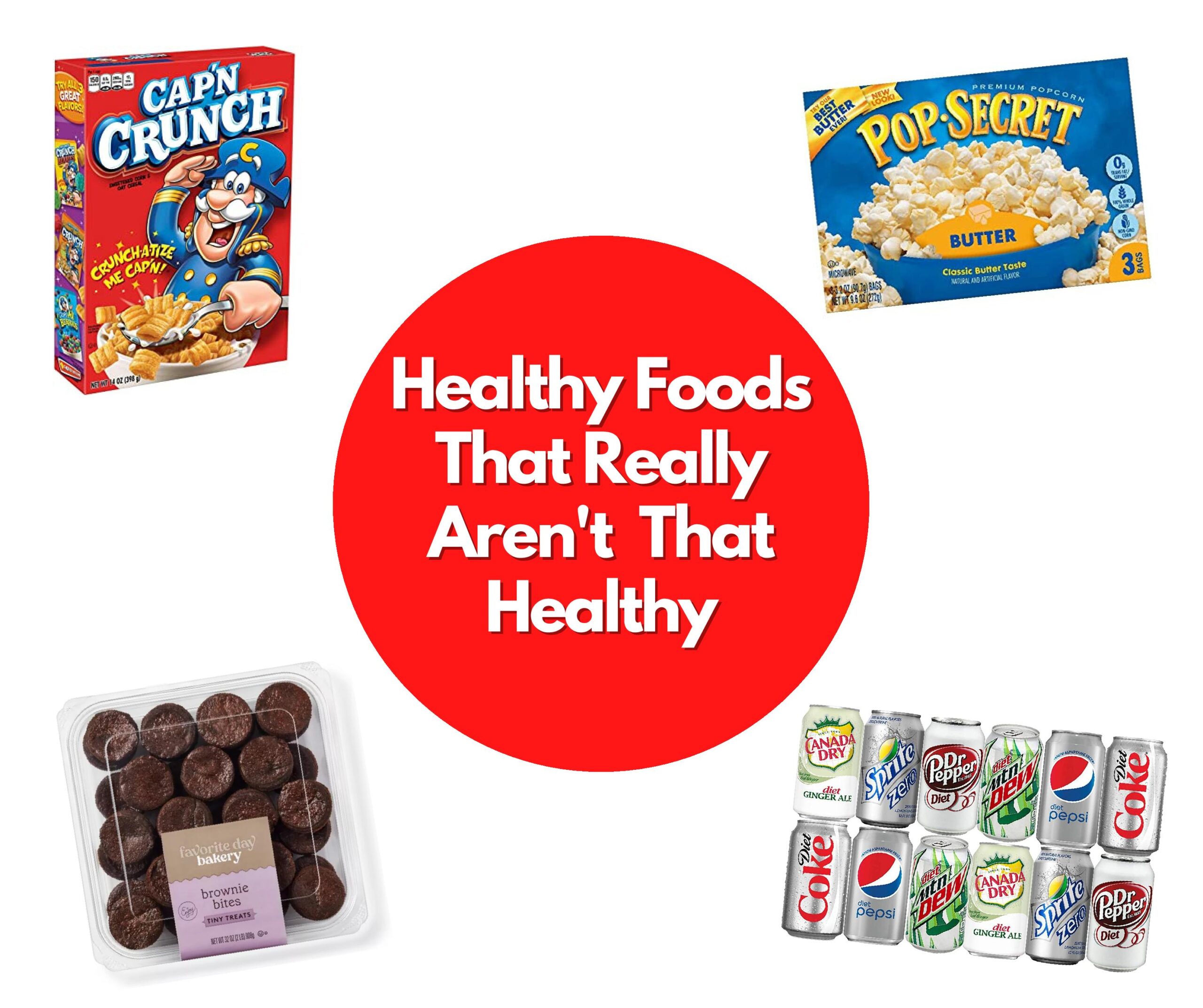
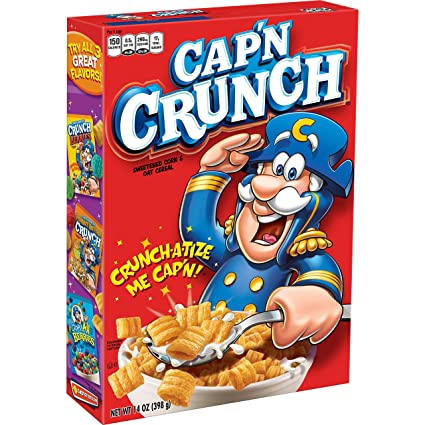
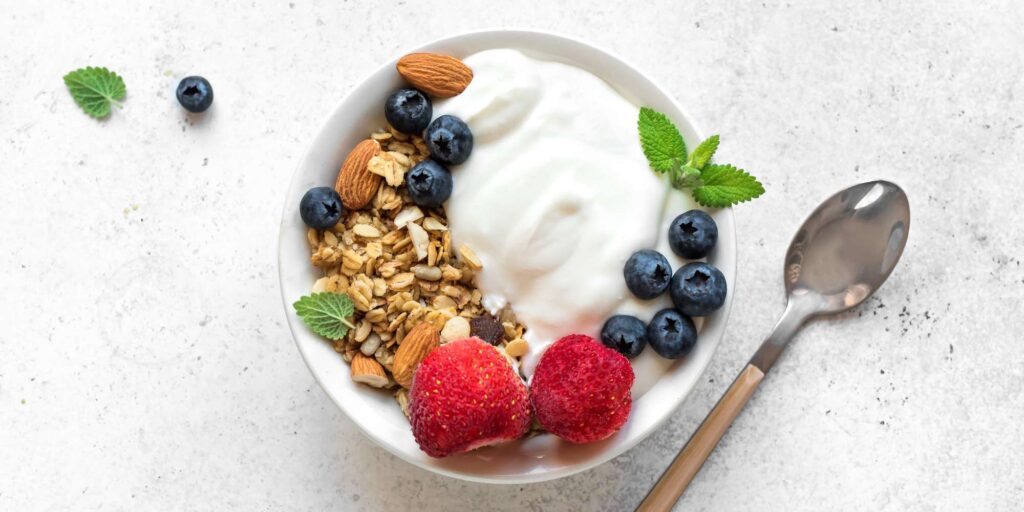
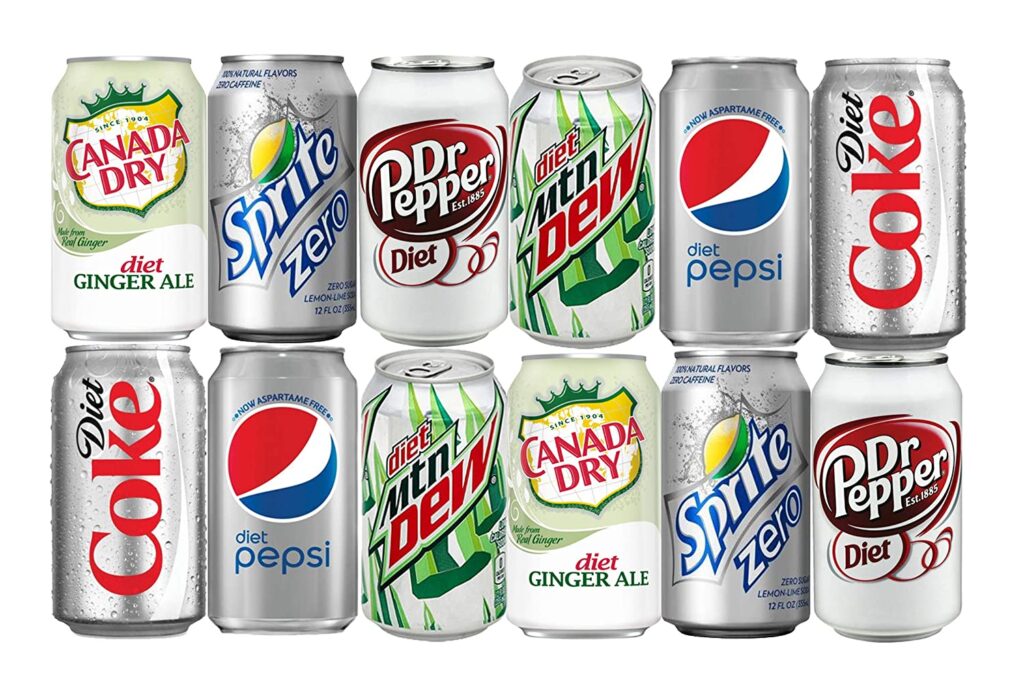
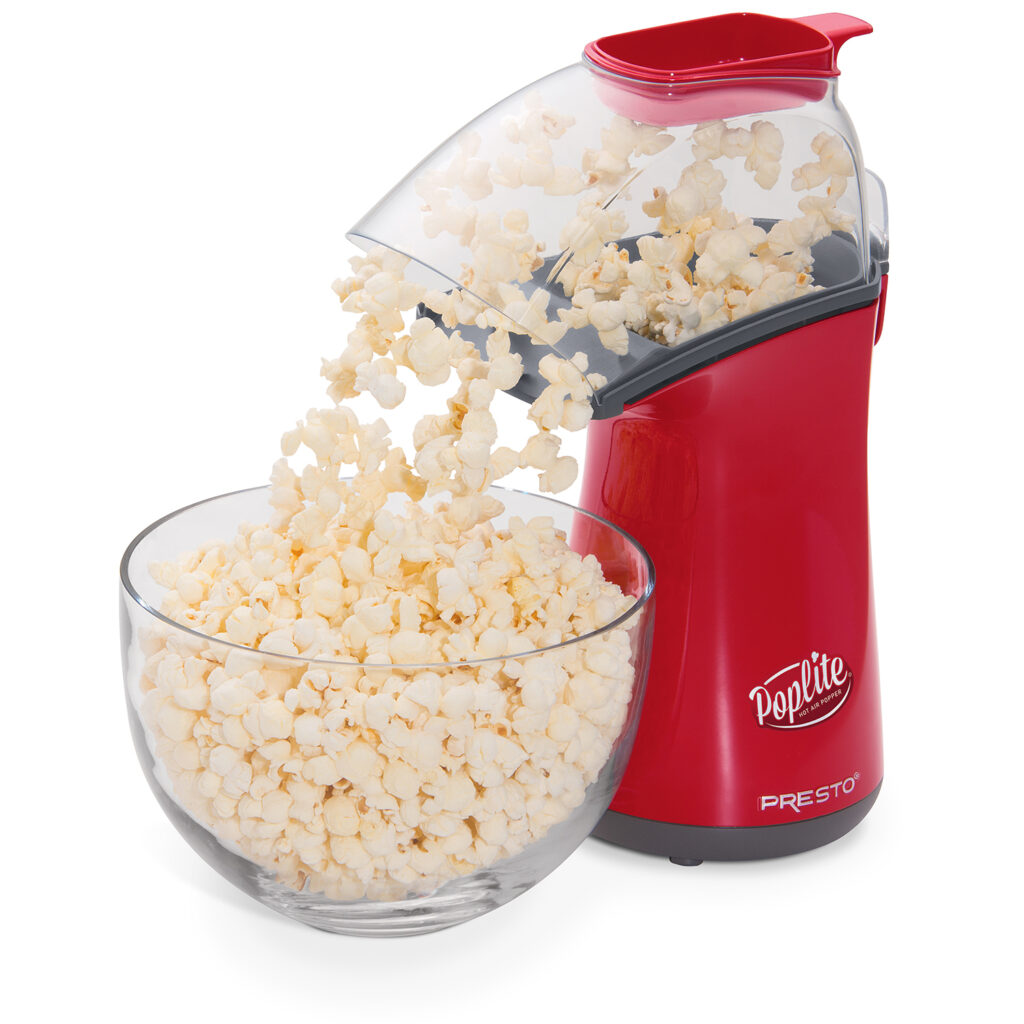
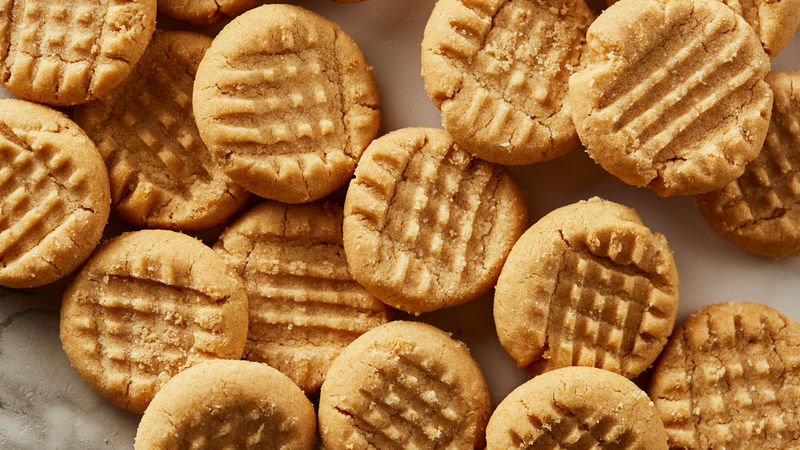
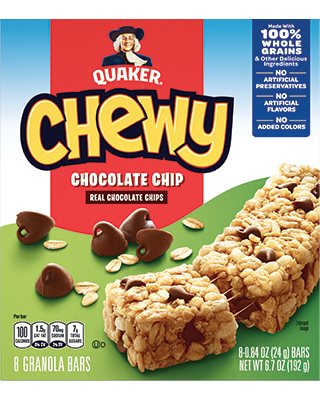
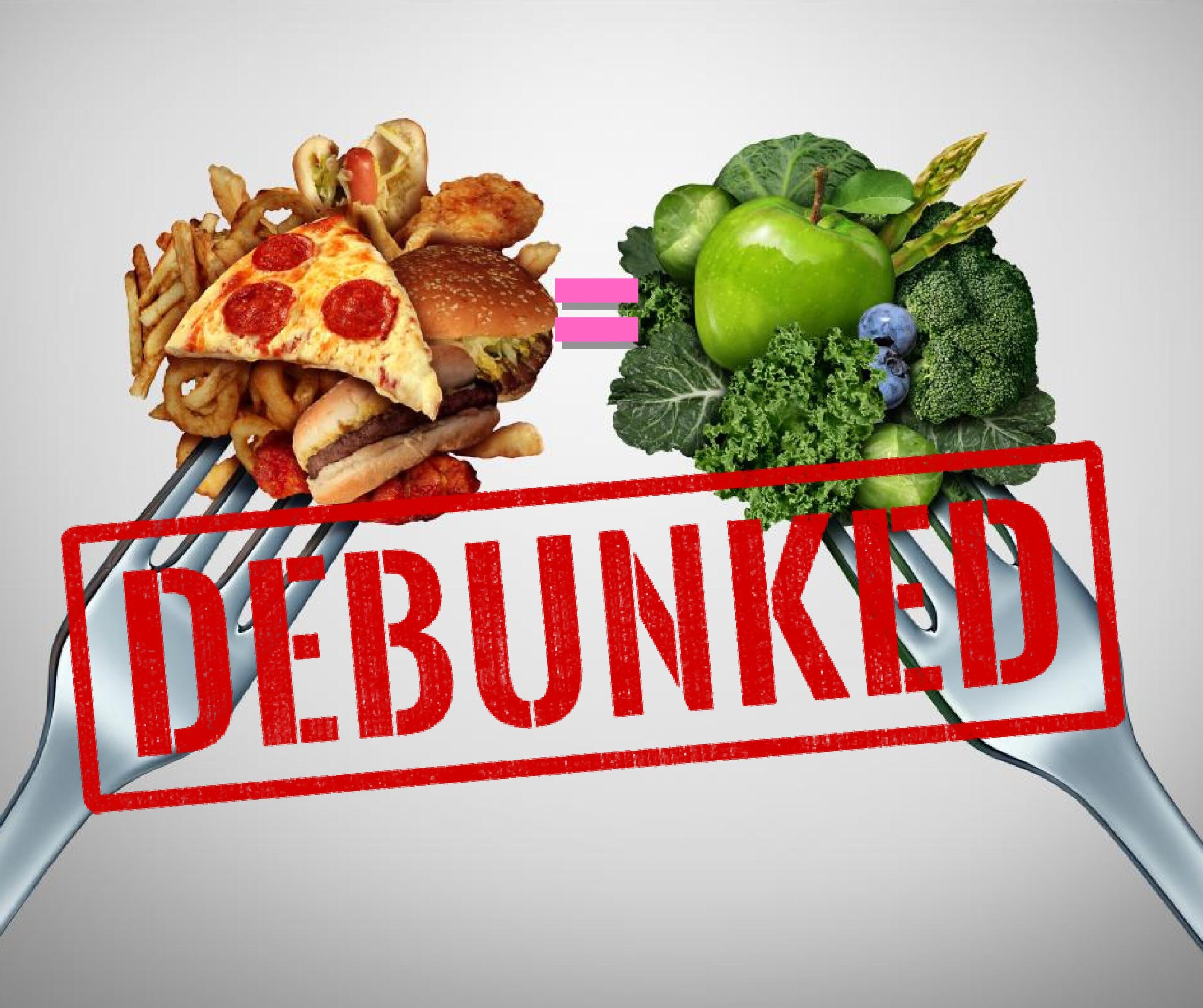



 Salads are often thought of as something bland and boring you have to eat when you’re on a diet. Fast food restaurants have cashed in on this mindset by offering taste-tempting salads that are anything but boring. Unfortunately, they’re also anything but diet friendly, as many of these creations pack more fat and calories than some of the burger and french fry combinations.
Salads are often thought of as something bland and boring you have to eat when you’re on a diet. Fast food restaurants have cashed in on this mindset by offering taste-tempting salads that are anything but boring. Unfortunately, they’re also anything but diet friendly, as many of these creations pack more fat and calories than some of the burger and french fry combinations. The importance of eating a balanced diet and getting regular exercise have been promoted to the general public for some time now. Consumers seem to be getting the message and are hitting the gym in record numbers. But the health benefits of daily exercise may be hampered by the fact that most consumers’ balanced diets don’t actually include very much real food.
The importance of eating a balanced diet and getting regular exercise have been promoted to the general public for some time now. Consumers seem to be getting the message and are hitting the gym in record numbers. But the health benefits of daily exercise may be hampered by the fact that most consumers’ balanced diets don’t actually include very much real food. We hear it all the time. Everyone should eat more fruits and vegetables. In fact, the Center for Disease Control suggests that eating a sufficient amount of fruits and vegetables could lower the risk of certain diseases. So why is it that we often reach for a sugary snack or other high-calorie foods when we’re in a hurry and hunger strikes?
We hear it all the time. Everyone should eat more fruits and vegetables. In fact, the Center for Disease Control suggests that eating a sufficient amount of fruits and vegetables could lower the risk of certain diseases. So why is it that we often reach for a sugary snack or other high-calorie foods when we’re in a hurry and hunger strikes? It happens to the best of us. No matter how healthy you eat or how much you exercise, every now and then you get hit with an insatiable craving for something you know you’ll regret eating. Whether it’s a cheesy pizza with all the toppings or triple fudge sundae, there are a few things that can help you fend off the temptation.
It happens to the best of us. No matter how healthy you eat or how much you exercise, every now and then you get hit with an insatiable craving for something you know you’ll regret eating. Whether it’s a cheesy pizza with all the toppings or triple fudge sundae, there are a few things that can help you fend off the temptation.  It’s funny how we live in a society that condemns the use of certain illegal drugs, but people seem to glorify the consumption of junk food and soft drinks. Fast food chains are popular and they make billions each year. This is something that is causing obesity and a large number of serious illnesses that lead to death.
It’s funny how we live in a society that condemns the use of certain illegal drugs, but people seem to glorify the consumption of junk food and soft drinks. Fast food chains are popular and they make billions each year. This is something that is causing obesity and a large number of serious illnesses that lead to death. Eating well is key to a healthy lifestyle. Adding greens to your diet can help you pack some powerhouse nutrients into your meals. Leafy greens like kale, collard greens, chard, bok choy, arugula, and spinach just to name a few, are great greens to introduce to your daily diet. Green vegetables are loaded with protein and contain a ton of micronutrients, including folate, carotenoids, such as lutein and zeazanthin (promoting healthy vision), calcium, and omega-3 fatty acids. These leafy greens have the potential of warding off many types of cancers and are very good for your heart health.
Eating well is key to a healthy lifestyle. Adding greens to your diet can help you pack some powerhouse nutrients into your meals. Leafy greens like kale, collard greens, chard, bok choy, arugula, and spinach just to name a few, are great greens to introduce to your daily diet. Green vegetables are loaded with protein and contain a ton of micronutrients, including folate, carotenoids, such as lutein and zeazanthin (promoting healthy vision), calcium, and omega-3 fatty acids. These leafy greens have the potential of warding off many types of cancers and are very good for your heart health. For breakfast, lunch or dinner, quinoa is a healthy option to add to your diet. Quinoa is a seed grain that has been cultivated in the Andean region for over 7,000 years and was considered sacred by the Inca Empire. It was later replaced almost completely by cereals such as barley, wheat and corn.
For breakfast, lunch or dinner, quinoa is a healthy option to add to your diet. Quinoa is a seed grain that has been cultivated in the Andean region for over 7,000 years and was considered sacred by the Inca Empire. It was later replaced almost completely by cereals such as barley, wheat and corn.